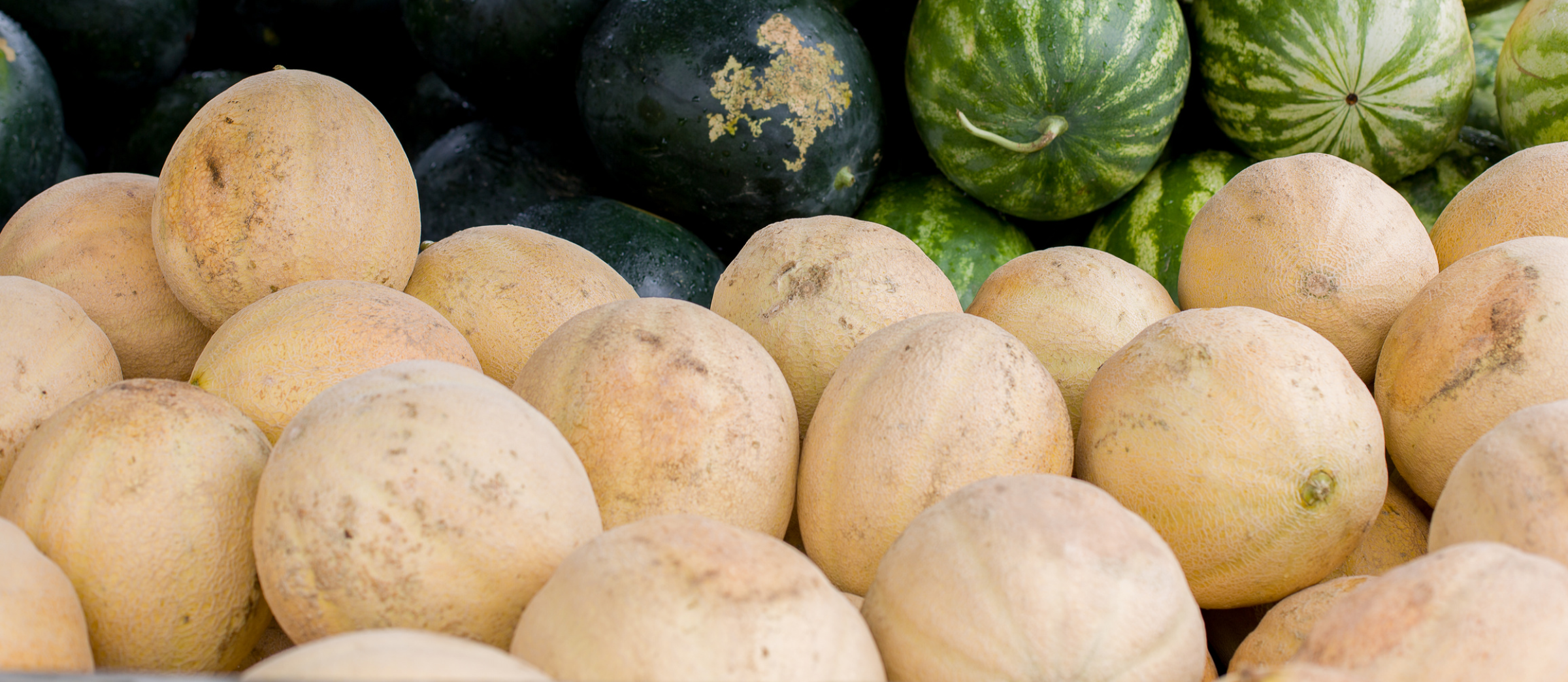Highlights of the 2022 Kentucky Equine Survey
Author(s): Jill Stowe
Published: July 28, 2023
Shareable PDF
The University of Kentucky and the Kentucky Horse Council, in partnership with the U.S. Department of Agriculture National Agricultural Statistics Service, recently collaborated on the 2022 Kentucky Equine Survey. This was a follow-up to the 2012 Kentucky Equine Survey, which was the first comprehensive study of equine agriculture in Kentucky in more than 30 years. The study reports estimates of the number of equine (horses, ponies, mules and donkeys) and equine operations in Kentucky. In addition, it collects information on income from equine-related sales and services, capital and operating expenditures, value of equine and equine-related assets, and labor. In addition to UK and KHC, the study was made possible with support from the Kentucky Agricultural Development Board, the Kentucky Thoroughbred Association, and other equine-affiliated organizations and individuals.
It is important to note that these estimates will be different from those reported in the 2022 USDA Census of Agriculture. The Census of Ag only includes equine on a farm, which is defined by the USDA as a place that generates at least $1,000 in cash receipts annually through the sale of products. While some equine operations fit this definition, many do not. The Kentucky Equine Survey includes USDA-defined farms as well as other properties where equine are located but do not generate income, such as individuals who keep a few equine on their own property for personal use. We have found a large difference in numbers between the two approaches, sometimes on the order of 50%.
As Kentucky’s equine industry navigated significant changes in the past decade, (emerging from the Great Recession in 2008-2009, the global COVID-19 pandemic in 2020-21, and natural disasters in 2021 and 2022), it experienced areas of both growth and contraction. The number of equine and equine operations declined, but income increased. In addition, the total value of equine and equine-related assets in the state was $27.7 billion in 2022, up more than 18% from 2012.
Other highlights of the 2022 Kentucky Equine Survey include:
- Though there are currently fewer equine living in the Commonwealth (209,500) than in the 2012 study (242,400), the total value of equine and equine-related assets in Kentucky increased from $23.4 billion in 2012 to $27.7 billion in 2022.
- Kentucky is home to approximately 31,000 equine operations.
- Acreage devoted to equine use in Kentucky is 84.1% of that in 2012 (900,000 acres in 2022, compared with 1.1 million acres in 2012).
- Total equine-related income from sales and services for equine operations in 2022 was almost $2.1 billion, up from $1.1 billion in 2012, while expenses have increased from $1.2 billion to $1.6 billion; 82% of operating expenses are spent in Kentucky.
- The top 10 most populous breeds in the commonwealth are Thoroughbreds (48,500), Quarter Horses (35,000), Walking Horses (28,500), donkeys and mules (13,500), Saddlebreds (12,000), Mountain Horse breeds (10,500), Standardbreds (9,200), Warmbloods (7,000), pony breeds (6,400) and Miniature Horses (6,100).
- The state’s top-five primary uses of equine include trail/pleasure riding (62,500), broodmare (33,500), idle, retired or otherwise not working (32,500), growing horse (foal/weanling/yearling) (22,000), and competition/show (20,000).
- There were 12,500 workers reported on Kentucky equine operations during 2022. This includes 6,300 full-time and 6,200 part-time employees. Total payroll expenses amounted to $322 million.
To access the full report and all supplementary material, please visit https://equine.ca.uky.edu/kyequinesurvey.
Recommended Citation Format:
Stowe, J. "Highlights of the 2022 Kentucky Equine Survey." Economic and Policy Update (23):7, Department of Agricultural Economics, University of Kentucky, July 28, 2023.
Author(s) Contact Information:
Jill Stowe | Professor | jill.stowe@uky.edu
Recent Extension Articles
An INFORMATION System
Steve Isaacs
Recordkeeping is often too narrowly defined and restricted to the financial side of the business. Have to file taxes, have to get loans. Both require some of the same information. The financial records are important for sure. However, they are only one of three overlapping information subsystems needed to manage the business effectively. Rather than thinking of “records” or “recordkeeping,” let’s think about “information systems” and financial is just one of them.
Summaries of Produce Auction Quantities and Prices Available Soon
Savannah Columbia
The produce auction is a marketing channel for growers producing fruit and vegetable crops, nursery crops, and ornamentals. The produce auction serves growers as a market to sell large quantity crops while it serves buyers or consumers as a place to purchase bulk fresh, local products. The forthcoming report Three-Year Average Prices & Quantities at Kentucky Produce Auctions: 2020-2022, compares average volumes and prices for 16 crops (listed under Crops & Units) from two major Kentucky produce auctions for the 2020, 2021, and 2022 seasons.




